Introduction: The Importance of Correctly Wearing Soccer Grip Socks
Soccer grip socks offer crucial traction and stability, but wearing them improperly can negate those benefits and cause discomfort or blisters. This guide simplifies the process—covering pre-game prep, shin guard integration, and the ideal sock-to-cleat fit—so you unlock every advantage. Max Hosiery’s grip socks blend performance and ease of wear, yet understanding correct application is key to maximizing your edge on the pitch.
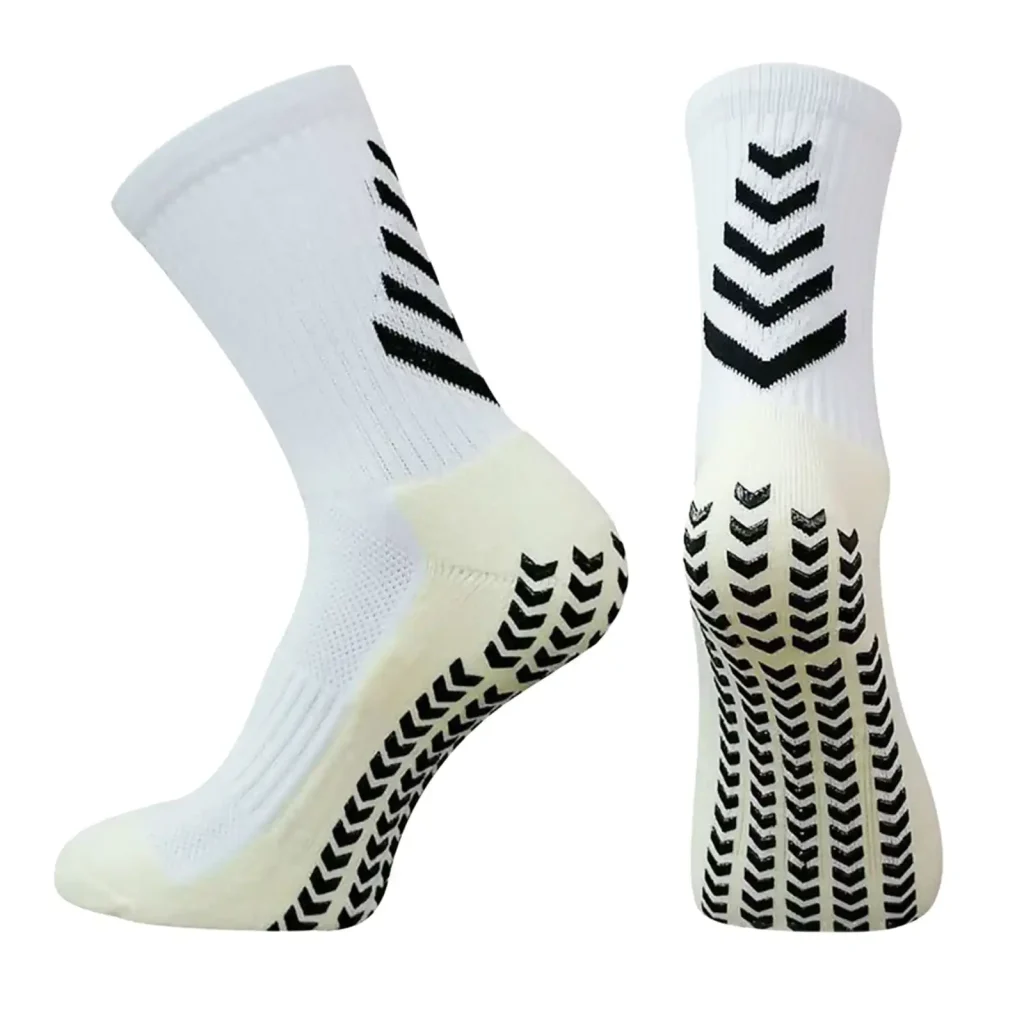
Understanding Your Gear: What Are Soccer Grip Socks and Why Proper Wear Matters? Soccer grip socks feature silicone pads on the sole (and sometimes internally) to prevent foot slippage inside cleats. This boosts power transfer, stability, and agility. A snug, wrinkle-free fit is crucial so grip pads contact both foot and insole. Loose, bunched, or twisted socks lose effectiveness and can cause pressure points or blisters. Proper wear also activates any compressive support built into the sock. Max Hosiery’s advanced grip technology delivers its full benefits only when socks are worn as intended.
Step-by-Step Guide: The Right Way to Put On Your Soccer Grip Socks for a Snug Fit
Pre-Game Prep: Ensuring Your Feet and Cleats Are Ready for Grip Socks
Optimizing your grip socks starts before you pull them on. First, make sure your feet are clean and fully dry—moisture undermines grip and invites blisters. If you sweat heavily, a foot powder or antiperspirant spray helps. Next, inspect your cleat insoles: they should be clean, dry, and free of worn, smooth spots that defeat grip pads. Replace any overused insoles for a solid sock-to-boot connection. Finally, trim your toenails; long nails can press into the sock, causing discomfort or damage. These quick steps give your grip socks the ideal foundation for peak performance and comfort.、
Wearing steps
Putting on soccer grip socks correctly maximizes their traction and comfort. Follow these steps:
- Gather the Sock: Fold the sock down to the heel to avoid overstretching.
- Insert Your Foot: Slide in carefully, aligning toes and heel.
- Smooth Up the Leg: Pull up while smoothing wrinkles to ensure the grip pads lie flat and comfort is maintained.
- Check Grip Placement: Confirm the pads cover the ball and heel.
- Even Height: Make sure both socks reach the same level—just below the knee for knee-highs or above the ankle for crews.
Integrating with Shin Guards: How to Wear Grip Socks Comfortably and Securely with Your Protective Gear

Shin guards are a non-negotiable piece of soccer gear, and knowing how to wear soccer grip socks with them correctly is vital for both comfort and protection. There are a few common methods:
- Shin Guard Directly on Skin, Sock Over: Some players prefer to place the shin guard directly against their skin and then pull their soccer grip sock up and over the shin guard to hold it in place. If using this method, ensure the sock is elastic enough to stretch over the shin guard without being too tight or overstretching the grip elements. The sock should still fit snugly around the leg and shin guard to prevent movement.
- Thin Base Layer Sock, Shin Guard, Grip Sock Over: A popular method is to wear a thin regular sock or a shin guard sleeve first, place the shin guard over this layer, and then pull the performance grip sock over both. This can enhance comfort, prevent chafing from the shin guard, and provide a secure hold. Again, ensure the grip sock isn’t overstretched.
- Grip Sock First, Shin Guard, Tape/Sleeve Over: Many players wear their football grip socks first, then place the shin guard on top of the sock, and secure the shin guard using athletic tape or a separate shin guard sleeve/strap over the sock and guard. This method keeps the grip elements of the sock directly against the foot and insole, which is ideal for traction, while the shin guard is secured externally. This is often the preferred method for maximizing the grip benefits.
Whichever method you choose, the key is to ensure the shin guard is secure and doesn’t slip, and that the grip sock remains smooth against your foot without bunching. Experiment during practice to find the most comfortable and effective setup for you.
Achieving the Perfect Sock-to-Cleat Interface: Ensuring Maximum Grip Activation

The ultimate goal when learning how to wear grip socks for soccer is to achieve a perfect interface between the sock and your cleat, thereby maximizing the activation of the grip elements. Once your socks and shin guards are comfortably in place, it’s time to put on your cleats:
- Loosen Laces Adequately: Before inserting your foot, make sure your cleat laces are sufficiently loosened. This prevents you from having to force your foot in, which could cause the sock to bunch or shift.
- Slide Foot In Smoothly: Guide your foot into the cleat, ensuring the sock remains smooth against your foot. Pay attention to the toe and heel areas to prevent any folding or wrinkling of the sock material.
- Secure Laces for a Snug Fit: Lace up your cleats to achieve a snug, secure fit, but avoid over-tightening, which can cause discomfort or restrict blood flow. The cleat should feel like an extension of your foot, with minimal internal movement. The anti-slip soccer socks will help achieve this locked-in feel.
- Test the Feel: Before heading onto the pitch, take a few steps, make some light movements, or even a few short sprints if space allows. Your foot should feel secure within the boot, with no noticeable slippage. The grip should feel engaged, providing a stable platform. If you feel any bunching or discomfort, take the cleat off and readjust the sock.
This careful attention to the sock-to-cleat interface ensures that the specialized grip pads on your Max Hosiery soccer grip socks can do their job effectively, giving you the traction and stability you need to perform at your best.
Common Mistakes to Avoid When Wearing Soccer Grip Socks
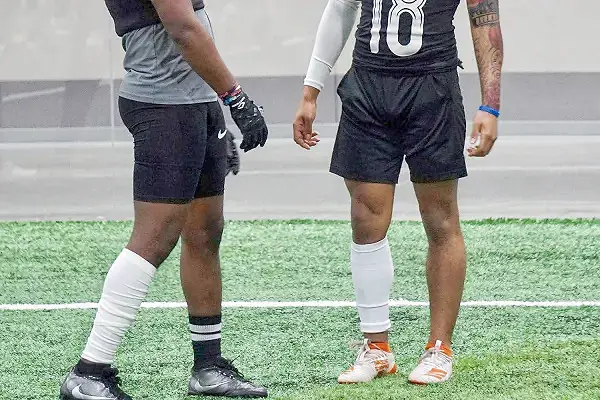
Even with the best intentions, players can make mistakes when learning how to wear soccer grip socks, which can undermine their effectiveness. Being aware of these common pitfalls can help you avoid them:
- Wearing the Wrong Size: This is perhaps the most common mistake. Socks that are too big will bunch up, creating discomfort and causing the grip elements to be misplaced. Socks that are too small can be overly restrictive, cut off circulation, and may not position the grip pads correctly over the key areas of your foot. Always refer to the manufacturer’s sizing chart, like the one provided by Max Hosiery, for an accurate fit.
- Allowing Socks to Bunch or Wrinkle: Failing to smooth out the sock properly as you pull it on can lead to wrinkles and bunches. These not only feel uncomfortable but also create friction points that can lead to blisters and interfere with the anti-slip soccer socks’ function.
- Overstretching the Socks: While performance grip socks are durable, repeatedly overstretching them, especially when pulling them over bulky shin guards, can damage the elastic fibers and reduce their lifespan and snug fit over time.
- Ignoring Foot and Cleat Hygiene: Wearing grip socks with damp feet or dirty/worn insoles can reduce grip effectiveness and contribute to odor or skin issues. Proper pre-game prep is key.
- Incorrect Layering: While some layering with thin base socks or shin guard sleeves is common, improper or excessive layering can compromise the direct grip action or make the overall fit too tight and uncomfortable. Experiment to find what works, but prioritize the sock-to-insole connection.
Not Securing Shin Guards Properly: If your shin guards are loose and move around on top of or under your grip socks, it can be distracting and potentially unsafe. Ensure they are well-secured using the method that works best for you.
The Role of Sock Length (Crew vs. Knee-High) in How You Wear Them
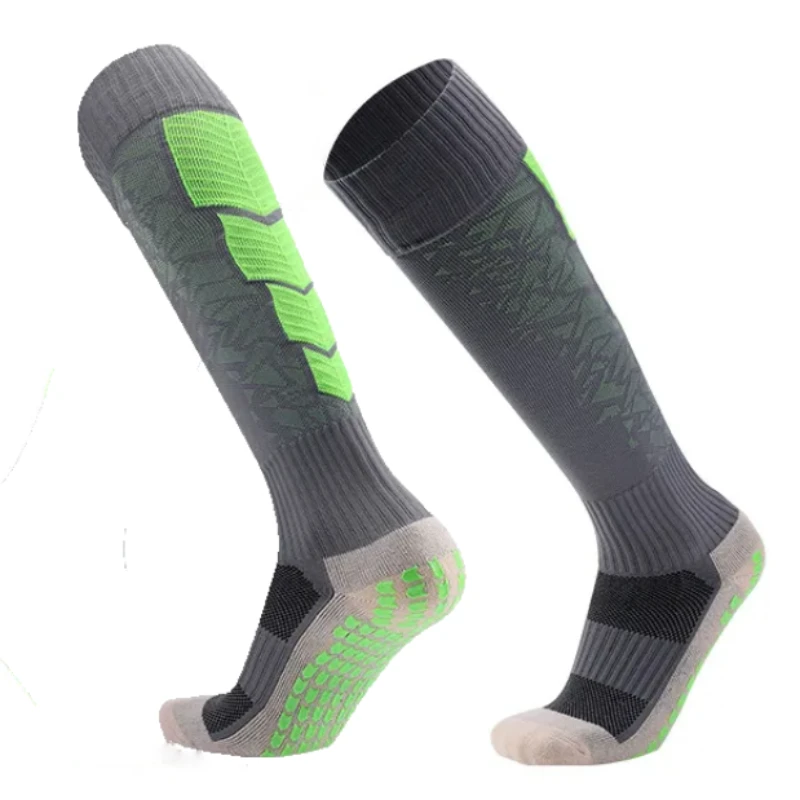
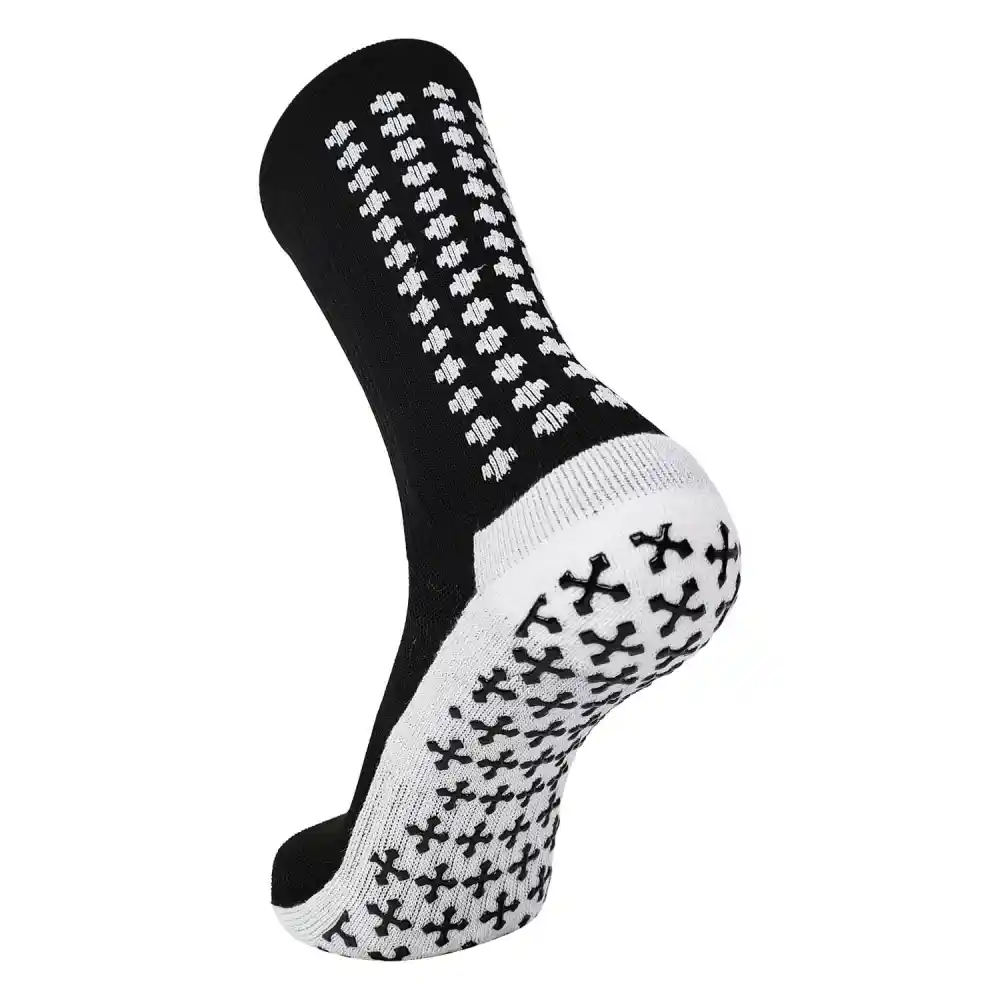
Soccer grip socks typically come in two main lengths: crew and knee-high. The length you choose can influence how to wear grip socks for soccer, particularly in relation to your shin guards and personal comfort preferences.
Knee-High Grip Socks: This is the traditional soccer sock length, extending up to just below the knee. Many players prefer this length as it provides ample coverage for shin guards, whether worn underneath or over the guard. Knee-high socks can offer a more secure feeling and are less likely to slip down if they have good elastic. When wearing knee-highs over shin guards, ensure they are snug enough to hold the guard in place without constricting circulation. If wearing the shin guard over the sock, the knee-high length provides a comfortable layer underneath.
Crew Length Grip Socks: Crew length socks typically end mid-calf or just above the ankle bone. Some players prefer this shorter length for a less restrictive feel, especially in warmer weather, or if they use separate calf sleeves or shin guard sleeves that extend higher. If you choose crew length football grip socks, you’ll need to ensure your shin guards are adequately secured, often with tape or a dedicated sleeve, as the sock itself won’t cover and hold the entire guard. The primary grip function on the sole of the foot remains the same regardless of length, so the choice often comes down to comfort and how you prefer to manage your shin guards.
Layering Techniques: Can You Wear Grip Socks Over or Under Other Socks?
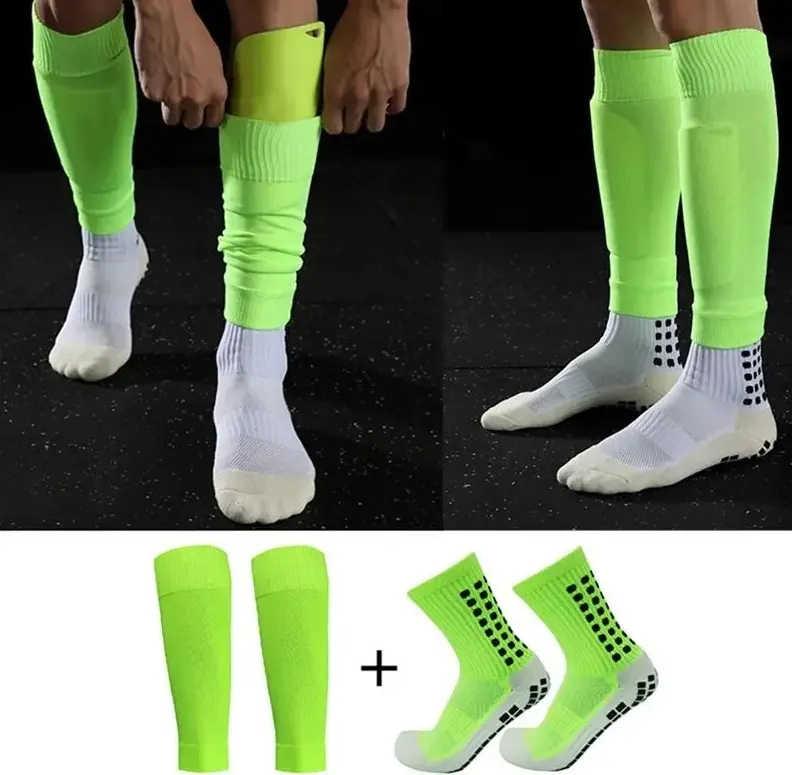
The question of layering socks is common among players seeking to optimize comfort or shin guard placement. When it comes to soccer grip socks, the primary goal is to maximize the grip between your foot and the cleat’s insole.
Grip Socks Directly on Skin (Recommended for Grip):
For the best traction, the grip elements on the sock should ideally be in direct contact with your foot (if internal grips are present) and/or the insole of your boot (for external grips). Therefore, wearing the performance grip sock as the primary layer against your skin is usually recommended to get the full benefit of the anti-slip technology.
Wearing Grip Socks Over a Thin Base Sock:
Some players opt to wear a very thin liner sock (like a moisture-wicking synthetic liner) underneath their grip socks. This can sometimes be for added comfort, blister prevention if a player is particularly prone, or to help manage sweat. If you choose this method, ensure the liner sock is extremely thin and fits smoothly, as any bulk can compromise the fit of the grip sock and the cleat. The grip sock must still fit snugly over the liner.
Wearing Grip Socks Under Another Sock (Not Recommended):
Wearing another standard athletic sock over your anti-slip soccer socks would generally defeat the purpose of the external grip elements, as they would no longer be in contact with the cleat’s insole. This is not a recommended practice if you want to benefit from the sock’s primary grip function.
Ultimately, if you choose to layer, prioritize the direct contact of the grip elements where they are designed to function. Minimal, smooth layering is key if you opt for it. Most high-quality soccer grip socks from Max Hosiery are designed to be worn as a single layer for optimal performance and comfort.
Post-Game Care: How Proper Removal and Washing Affects Future Wear and Sock Longevity

Knowing how to wear grip socks for soccer also extends to how you care for them after the game. Proper removal and washing are crucial for maintaining their performance features, hygiene, and overall longevity. After a match or training session, remove your soccer grip socks carefully. Avoid yanking them off aggressively, which can overstretch the fabric or damage the grip elements over time. Once removed, don’t just leave them balled up in your kit bag, as this can breed bacteria and lead to unpleasant odors. It’s best to let them air out if you can’t wash them immediately.
As mentioned in the care instructions for general grip socks, turn them inside out before washing. This protects the silicone grip pads from abrasion. Wash them in cold or lukewarm water on a gentle cycle with a mild detergent. Avoid bleach and fabric softeners. Air drying is the preferred method to preserve the elasticity and the integrity of the grip material. If you must use a dryer, opt for the lowest heat setting or a tumble dry cool option. High heat can cause the grip elements to lose their effectiveness or even melt, and can also shrink or damage the sock fabric.
By following these simple care tips, you can significantly extend the lifespan of your performance grip socks and ensure they remain a reliable part of your soccer gear.
Tips from the Pros: Insights into How Professional Soccer Players Wear Their Grip Socks
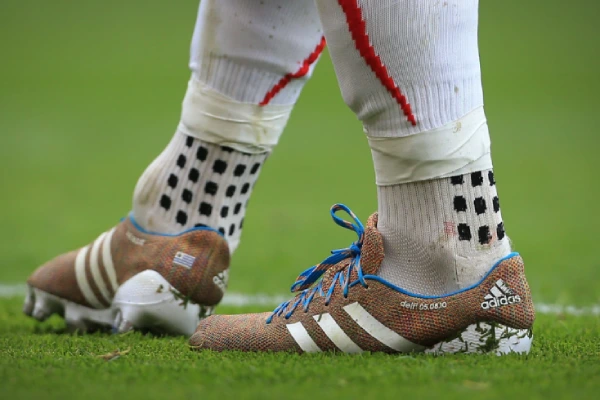
Observing professional soccer players can offer valuable insights into how to wear soccer grip socks effectively, as they often have meticulous routines for their kit. Many professionals prefer to wear their performance grip socks directly against their skin to maximize the connection with their boots and the feel for the ball. You’ll often see them cutting the feet off their official team socks and wearing the grip socks underneath, then pulling the leg sleeve of the team sock over the top to meet FIFA kit regulations, securing it with tape. This “cut sock” method allows them to benefit from their preferred grip sock technology while still displaying team colors. When it comes to shin guards, practices vary. Some place the shin guard directly onto the grip sock and then use the team sock sleeve or tape to secure it. Others might use a thin shin guard sleeve under the shin guard, which then sits on top of the grip sock. The key takeaway from watching pros is the emphasis on a snug, secure, and seamless fit. They avoid any bunching and ensure their cleats are laced to provide a locked-in feel, allowing the football grip socks to perform optimally. While you might not need to cut your team socks, adopting their attention to detail in achieving a smooth, integrated fit with your socks, shin guards, and cleats can certainly enhance your own experience.
FAQ Section:
Should soccer grip socks feel tight when I first put them on?
They should feel snug and supportive, like a gentle compression, but not uncomfortably tight or restrictive to blood flow.
How do I know if I’m wearing my soccer grip socks correctly for maximum traction?
Your foot should feel secure in your boot with minimal internal slippage. The sock should be smooth, and grip elements well-placed.
Can wearing grip socks the wrong way reduce their effectiveness or damage them?
Yes, improper wear (e.g., bunching, wrong size) can reduce grip, cause discomfort, and potentially lead to premature wear of the sock.
What’s the best way to wear grip socks with low-cut or high-cut soccer cleats?
The method is similar; ensure a smooth fit. Sock length (crew/knee-high) choice might be influenced by cleat cut for overall comfort.
Do I need to break in my soccer grip socks before wearing them in a match?
Generally, no formal break-in is needed, but it’s wise to try them in a training session first to ensure comfort and proper fit with your cleats.
Conclusion: Perfecting Your Sock Game – Unlocking Peak Performance by Wearing Grip Socks Correctly
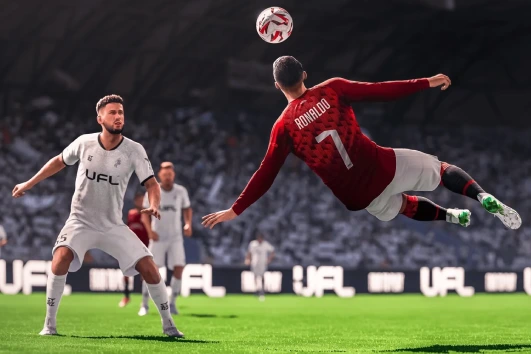
Mastering how to wear soccer grip socks is a fundamental step towards unlocking an extra dimension of performance on the pitch. It’s not merely about owning advanced soccer gear; it’s about understanding how to use it to its full potential. From meticulous pre-game preparation of your feet and cleats to the precise method of putting on the socks, integrating them with shin guards, and ensuring a perfect sock-to-cleat interface, every detail contributes to the overall effectiveness of your performance grip socks. By avoiding common mistakes and adopting best practices, including proper post-game care, you can ensure that your investment in high-quality football grip socks like those from Max Hosiery translates into tangible benefits: enhanced stability, superior traction, reduced blisters, and ultimately, greater confidence in every move you make.
Take the time to perfect your sock routine, experiment to find what works best for your individual needs and comfort, and experience the difference that correctly worn grip socks can make to your beautiful game.
